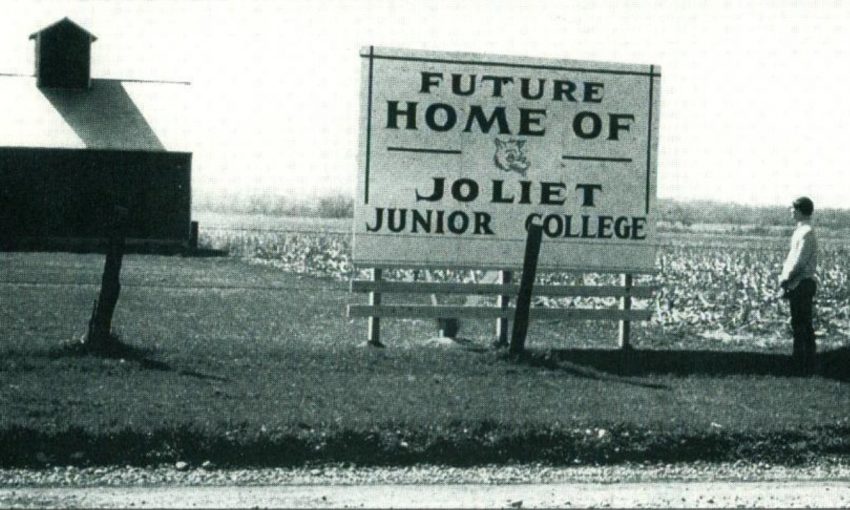In the recent “Operation Varsity Blues” college admissions scandal, wealthy parents across the country were caught in a bribery conspiracy. The conspirators succeeded in getting their kids into prestigious universities by cheating on entrance exams and faking athletic excellence—all while taking opportunities away from less wealthy students who may have deserved to be there more 1.
Of course, even for a student getting accepted through hard work, the cost of going to a elite school is still huge. Dr Dre bragged about his daughter getting in through hard work. And then someone on Twitter reminded him that he donated $70 Million to the same school his daughter was later accepted at 2.
For years people have been asking whether attending an elite school is even worth the cost. Does it matter where you go to college? Do ‘better’ schools actually provide better education?
And on the flip side of that is the lowly community college—lovingly referred to as ’13th grade’ in much of America. Urban Dictionary defines it as:
both lacking in real collegiate educational value and additionally using no discretion in its acceptance of every single applicant. It is described as the 13th grade to imply that it is merely an extension of public high school. It is considered only one step above going to beauty school or training in air conditioning and refrigeration repair. 3
Urban Dictionary tags “13th Grade” as ‘poor’ ‘ghetto’ ‘cheap’ and ‘stupid’. But this isn’t the fairest representation of a community college.
The Idea of a Community College
The first public community college opened in 1901 just outside of Chicago in Joliet, Illinois. Joliet Junior College was opened as an extension of Joliet Township High School as a way to help students transfer on to a four-year college. Yes, the first community college was literally a 13th grade, but they evolved beyond that over the decades.
During the Great Depression, community colleges began their role in developing students for the professional workforce. Following the GI Bill of 1944, community colleges expanded even further. And the Higher Education Act of 1965 solidified the community college’s place in America.
In 2015, President Obama began an initiative to make community colleges free in the United States. The goal was simple: Give students “the knowledge and the skills they need without taking on decades’ worth of student debt” 4. That obviously hasn’t happened yet—and probably won’t anytime soon. But the idea of a community college has always been to support the communities they serve through education.
Sometimes that means helping struggling students get into 4-year colleges. Sometimes it means giving returning students the skills they need to find better work. But ultimately, all it means is giving the community access to whatever they want to learn.
The Best Thing Is to Learn Something
I think Merlyn said it best in The Once and Future King:
“The best thing for being sad,” replied Merlyn, beginning to puff and blow, “is to learn something. That is the only thing that never fails. You may grow old and trembling in your anatomies, you may lie awake in the middle of the night listening to the disorder of your veins, you may miss your only love, you may see the world around you devastated by evil lunatics, or know your honour trampled in the sewers of baser minds. There is only one thing for it then — to learn. Learn why the world wags and what wags it. That is the only thing the mind can never exhaust, never alienate, never be tortured by, never fear or distrust, and never dream of regretting.” 5
In a world where wealthy parents bribe their children’s way into overpriced universities, the community college remains humble and affordable. Its only purpose is to serve the community that surrounds it. It is inherently unpretentious.
Certainly at many community colleges you really can learn air conditioning and refrigeration repair. Growing fields like healthcare, renewable energy and computer science are thirsty for new employees. And some certifications will almost guarantee graduates immediate work.
Learn Why the World Wags and What Wags It
But there are other reasons to check out your local community college too. Learn Spanish. Learn American Sign Language. Find out what the immigrant cultures in your neighborhood speak, and see if your community college teaches that. Learn how to communicate with the other people you share this world with.
If you suffer from stage fright, take a speech class or an acting class. Learn how to code. Learn how to figure draw. Art history was one of my favorite classes from community college. But it certainly isn’t a practical skill. Despite that, I enjoyed learning something outside of my skill area. And I think about the things I learned all the time.
- Binkley, Collin | “College admissions scandal: Where the cases stand” | Associated Press | 2019
- @TruthAndJust1 | Twitter | 2019
- Titmouse | ‘13th Grade‘ | Urban Dictionary | 2006
- Hudson, David | “The President Proposes to Make Community College Free for Responsible Students for 2 Years” | Obama White House | 2015
- White, TH | Chapter 21 | “The Sword in the Stone” | The Once and Future King | 1958

